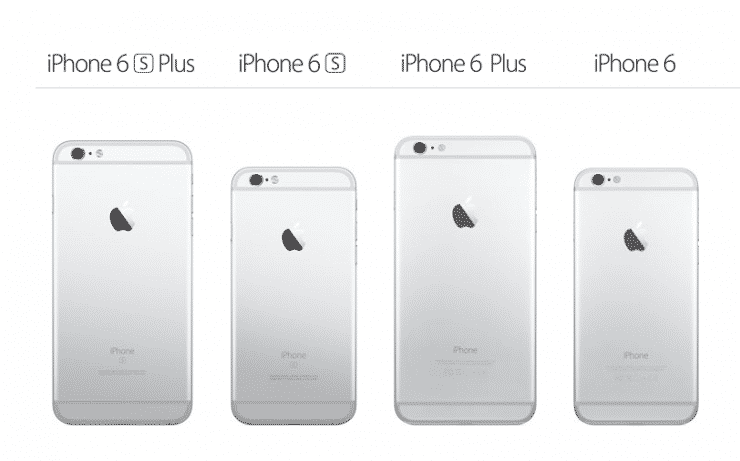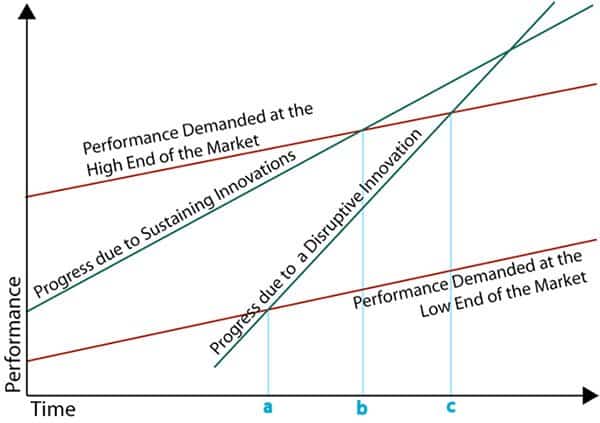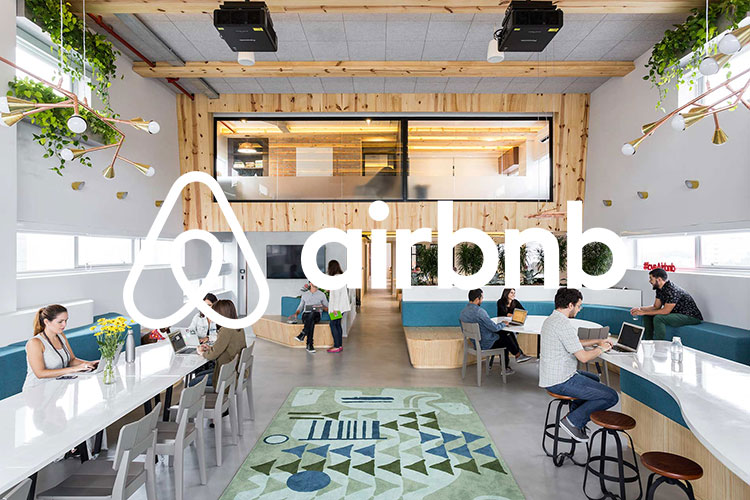Which is Good for Start-ups, Incremental or Disruptive Innovation?
Today’s companies are faced with increasing challenges in terms of competitiveness and their ability to sustain business success. In order to survive these challenges , there is an agreement between both practitioners and scholars that business needs to grow in order to maintain its success in the market. This can be achieved through different types of innovation including the incremental innovation, disruptive innovation, and breakthrough innovation.
In a previous article, Types of Innovation and How to Utilize Them, we defined the different types of the innovation and their characteristics. However, when it comes to startups, micro, and small enterprises, the size of the company and the limited resources target them toward one innovation model rather than the others in order to find their competitive place in the market. This leads us to the question; which type of innovation is good for startups?
Related articles:
- How Designers Can Achieve Disruptive Innovation
- Types of Innovation and How to Utilize Them
- 5 Successful Open Innovation Examples
- Stage-Gate: Your Guide for New Product Development Process
Incremental Innovation
This model is also known as the sustaining innovation. In this model, the innovation isn’t meant to introduce a fully new product or service to the market. Instead, it aims to improve the current product gradually until it reaches the end of its life cycle. Think about the upgrade from Apple iPhone to iPhone “s” devices as an example of the incremental innovation. The company adds enhancement to their products, yet these enhancements are considered improvement for the existing features rather than offering new features. Another example is Toyota automotive company, the company keeps enhancing their current product rather than offering the market with game-changing products.
The incremental innovation requires the company to have an existing product in addition to an experience in innovation management in order to benefit from it. This is applicable to large enterprises because they do have their own product lines and development process that is already established for each product. The process of developing the existing products is part of their development stages.

However, startups usually initiate their business by offering the market with a new product or service to the market. These products start as ideas and don’t reach the noticeable maturity level without the application of incremental innovation. Accordingly, the incremental innovation doesn’t exist at the establishment phase in the startup life, yet it can exist in the following stages after releasing the new product to the market through using the market feedback and impressions to improve their products. At this stage, incremental innovation can help them to stay competitive in the market by addressing their consumers’ needs.
Disruptive innovation
In his book, The innovator’s Dilemma, Clayton Christensen introduced the term “disruptive innovation” as a type of innovation that create new markets by disproving new segment of consumers and address this segment needs. Examples of disruptive include Facebook, Skype, Netflix, Airbnb, and Uber. All these products have one feature in common, that is, they all presents a new product to the market which created a new segment of the consumers. Some definitions identify the highest level of the disruptive innovation as the breakthrough innovation. In this level the new product doesn’t only create a new market segment, but also create radical changes in the market such as the Apple Macintosh.
For large enterprises, disruptive innovation means allocating resources from existing successful products in other high-risk products that may or may not achieve success in the market. In contrast, the disruptive innovation can present an opportunity for startup companies since their resources are fresh and they can allocate it toward a new product development.
As one of the big barriers for startups is the competency with large and older enterprises, the disruptive innovation presents a back door for companies to enter the market with a new offering. According to the Performance/Time diagram, the disruptive innovation can achieve higher performance in shorter time comparing with the incremental innovation.

The below points are key features for the disruptive innovation:
1- Disruptive innovation can contribute growing the business through offering new products to the market. Also, it can increase the business profitability
2- The disruptive innovation can either create new market or use a low end of an existing market to establish a new one
3- Disruptive ideas start half-baked, then the business plan contribute to improving the product
4- Disruptive innovation aims to address the consumer needs through the main feature in the new products

The disruptive innovation doesn’t come by itself, it requires thorough investigation in the market in order to address the consumer’s missing needs. Some of the ideas that can help startups to achieve disruptive innovation include the following:1- Think small with a big target. One of the methods is to start marketing research to identify the small problems that face consumers rather than the big problems. it can be a problem in existing product that can represent an opportunity for a new product.
1- Think small with a big target. One of the methods is to start marketing research to identify the small problems that face consumers rather than the big problems. it can be a problem in existing product that can represent an opportunity for a new product.
2- Focus on the consumer rather than the technology. Putting the consumer in the heart of the process help us to understand their needs and subsequently address their needs in a form of innovative products
3- Connect the disconnected. One of the tools that were used to create invention was the Leonardo Da Vinci creative thinking method, connect the disconnected. This method can help build new products that people may not have thought of, such as merging the phone and camera to create a new service for mobile users who would like to take photos.
4- Focus on mono-segment products rather than multi-segments. This helps to easily identify the consumer’s needs and reduce the product cost as the new product is simply focusing on addressing one problem.
According to the above, both incremental and disruptive innovation are needed to achieve success for startups. The disruptive innovation is required at the starting phase where the company is looking for an opportunity to access the competitive market with new product or service. Once the new product is launched to the market, the company should focus on the incremental innovation to constantly improve the product to meet the consumer expectations.






